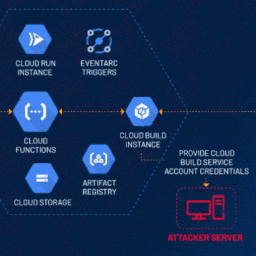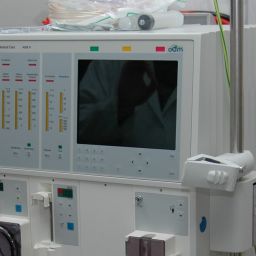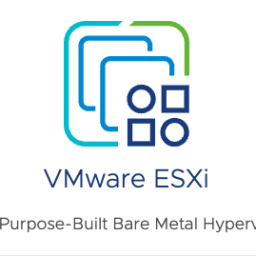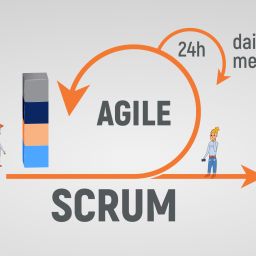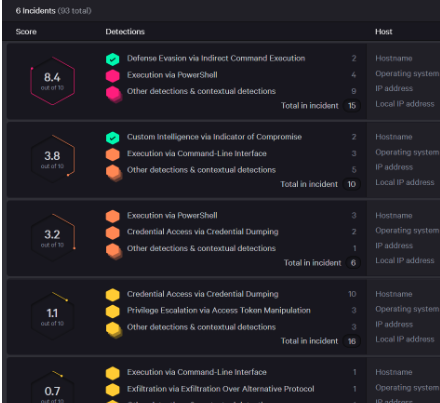
Introduction
In the quest to strengthen cybersecurity defenses, organizations have turned to various solutions such as SIEM, XDR/MDR, and SOAR. Security Orchestration, Automation, and Response (SOAR) is a relatively newer approach that aims to streamline and automate incident response processes. In this article, we will compare SIEM, XDR/MDR, and SOAR to help you understand their distinct features and benefits in the realm of cybersecurity.
SIEM (Security Information and Event Management)
SIEM solutions are designed to aggregate and analyze security event logs from different sources to detect and respond to threats. They excel in log management, real-time event correlation, and compliance reporting. SIEM provides insights into security incidents, but it typically requires manual intervention and expert knowledge to fine-tune and manage effectively. SIEM is primarily focused on monitoring and analysis rather than automating incident response processes.
XDR (Extended Detection and Response) / MDR (Managed Detection and Response)
XDR and MDR represent advanced security solutions that offer comprehensive threat detection and response capabilities. XDR integrates multiple security technologies such as endpoint detection and response (EDR), network traffic analysis (NTA), and threat intelligence into a unified platform. It leverages advanced analytics and machine learning to detect and correlate threats across different vectors, enhancing incident investigation and response. MDR takes a managed services approach, providing organizations with dedicated security experts who continuously monitor and respond to threats.
SOAR (Security Orchestration, Automation, and Response)
SOAR platforms focus on automating and orchestrating incident response processes to improve the efficiency and effectiveness of security operations. They integrate with various security tools, data sources, and workflows, allowing organizations to create automated playbooks for incident response. SOAR enables the automation of repetitive and manual tasks, such as alert triage, enrichment, and response actions. It facilitates collaboration among security teams, standardizes processes, and provides comprehensive visibility into incident response workflows.
Key Differences:
1. Focus: SIEM primarily focuses on log management and event analysis, while XDR/MDR provides broader coverage with advanced detection and response capabilities. SOAR, on the other hand, emphasizes automation and orchestration of incident response processes.
2. Automation and Orchestration: XDR/MDR solutions incorporate automation, but their primary focus is on threat detection and response. SOAR platforms are specifically designed to automate and orchestrate incident response workflows, leveraging playbooks and integrations with various security tools.
3. Integration: XDR/MDR solutions tightly integrate multiple security technologies into a unified platform, offering a comprehensive view of threats. SIEM often requires custom integration, while SOAR platforms are designed to integrate with various security tools and data sources.
4. Human Expertise: XDR/MDR solutions, particularly MDR, provide the advantage of dedicated security experts who continuously monitor and respond to threats. SOAR platforms rely on human expertise to create and optimize automated playbooks but do not provide dedicated security personnel.
Conclusion
SIEM, XDR/MDR, and SOAR each offer distinct approaches to cybersecurity. SIEM provides log management and real-time event analysis, while XDR/MDR solutions offer advanced threat detection and response capabilities. SOAR focuses on automating and orchestrating incident response processes to improve operational efficiency. Depending on your organization’s specific needs, you may choose to implement one or a combination of these solutions to enhance your cybersecurity posture. Evaluating factors such as the scale of your environment, desired level of automation, and available resources will help guide your decision.
6



